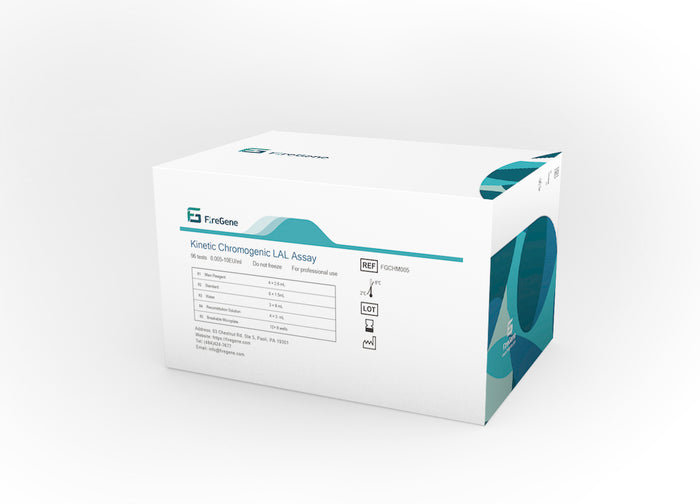
本身
html
Endotoxin Detection Using LAL Kinetic Chromogenic Assay
The LAL Kinetic Chromogenic Assay is a highly sensitive and widely used method for detecting endotoxins in pharmaceutical products, medical devices, and other biological samples. Endotoxins, which are lipopolysaccharides (LPS) found in the outer membrane of Gram-negative bacteria, can cause severe inflammatory responses in humans, making their detection critical in healthcare and biotechnology industries.
How the LAL Kinetic Chromogenic Assay Works
The assay is based on the clotting reaction of Limulus Amebocyte Lysate (LAL), a substance derived from the blood cells of horseshoe crabs. When endotoxins are present, they activate a cascade of enzymatic reactions in the LAL reagent, ultimately leading to the cleavage of a synthetic chromogenic substrate. This cleavage releases a yellow-colored compound, p-nitroaniline (pNA), which can be measured spectrophotometrically at 405 nm.
The kinetic version of this assay measures the rate of color development, which is directly proportional to the endotoxin concentration in the sample. This kinetic measurement provides several advantages:
- Higher sensitivity compared to gel-clot methods
- Quantitative results with a broad dynamic range
- Reduced interference from sample components
- Automation-friendly format
Key Applications of the LAL Kinetic Chromogenic Assay
This method is particularly valuable in:
- Pharmaceutical manufacturing: Testing parenteral drugs and vaccines
- Medical device production: Ensuring devices like implants are endotoxin-free
- Biotechnology: Monitoring recombinant protein products
- Water quality control: Detecting endotoxins in dialysis water
Keyword: LAL Kinetic Chromogenic Assay
Advantages Over Other Endotoxin Detection Methods
Compared to traditional gel-clot or turbidimetric LAL methods, the kinetic chromogenic assay offers:
- Greater precision with quantitative results
- Higher throughput capability
- Better detection of low endotoxin levels
- More objective endpoint determination
Proper validation and controls are essential when performing the LAL Kinetic Chromogenic Assay to ensure accurate results. Factors like pH, temperature, and sample composition can affect the assay performance, requiring careful method development and optimization.
Regulatory Considerations
The LAL Kinetic Chromogenic Assay is recognized by major pharmacopeias including:
- United States Pharmacopeia (USP <85>)
- European Pharmacopoeia (EP 2.6.14)
- Japanese Pharmacopoeia (JP 4.01)
For reliable endotoxin testing, laboratories must follow Good Manufacturing Practices (GMP) and validate their assays according to regulatory requirements.
